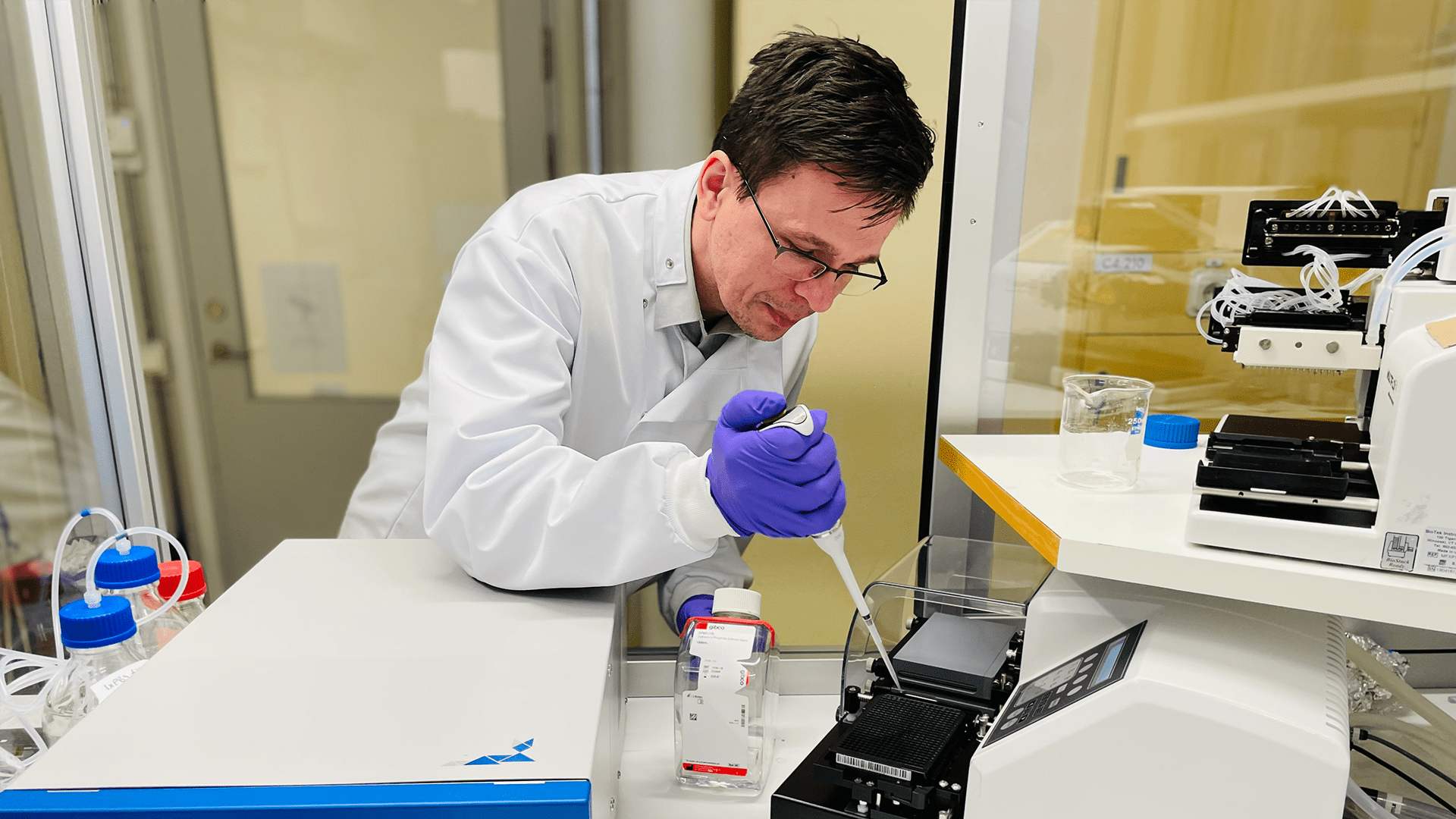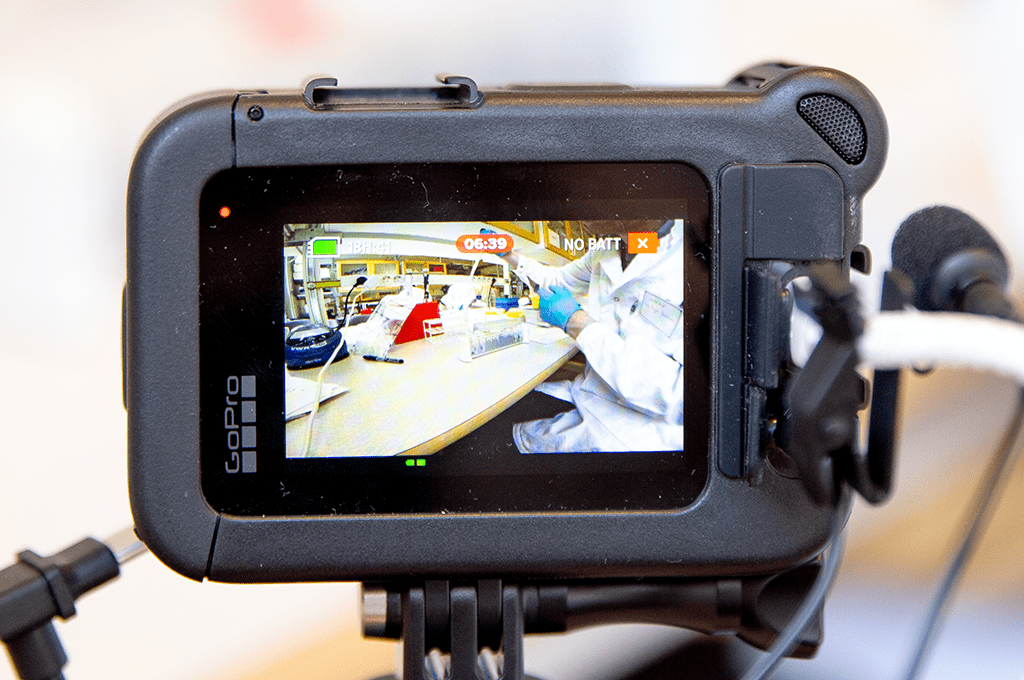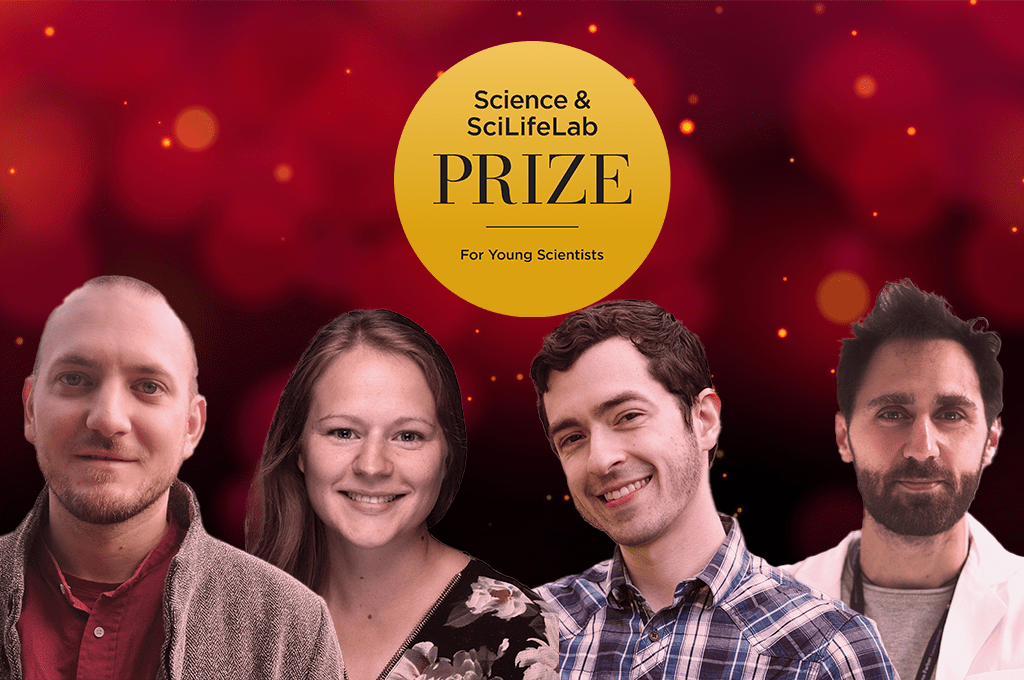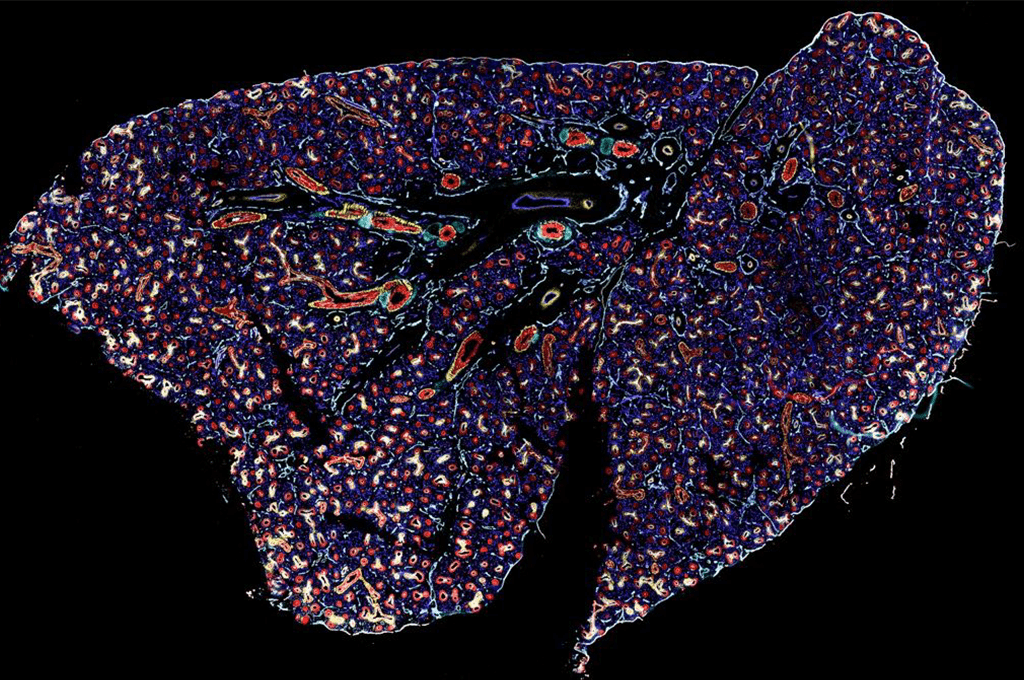Morphological profiling for compound profiling and drug discovery on the SciLifeLab table
The strategic initiative SciLifeLab Technology Development Projects was initiated as mean to ensure that SciLifeLab’s infrastructure develops and continues to stay cutting-edge. In 2021, Chemical Biology Consortium Sweden was granted funding for a project to improve understanding of drug mechanism of action by establishing a nation-wide service of morphological profiling.
The purpose of the initiative is to enable development, exploration and optimization of new technologies in life science. If successful, the technologies can later be offered as national services through SciLifeLab. In drug discovery, a major hurdle is the identification of a novel compound’s mechanism of action – i.e., what drives the therapeutic activity. Jordi Carreras-Puigvert is Head of unit at the Uppsala node of Chemical Biology Consortium Sweden, which is part of the SciLifeLab Platform Chemical Biology and Genome Engineering and is responsible for the development project.
“We have implemented Cell Painting, a method initially developed at the Broad institute, which combined with sophisticated statistical analysis enables the identification of a compounds’ – such as a drug candidate – mechanism of action by studying morphological changes of cells exposed to the compound. We can simultaneously look at eight different cellular compartments, and we are building a database with approximately 5300 annotated drugs. By having a reference set of drugs with previously studied mechanisms of action, we will thereby be able to explore how morphological profiling can be used in drug development. The more information we have in the database, the better the predictions of novel compounds will be”, says Jordi Carreras-Puigvert.
Some 5300 drugs assembled in the Drug Repurposing Hub library originating from the Broad Institute and made available to Swedish academics by the Compound Center at SciLifeLab, is the reference material for the morphological comparisons.
“In drug development, we often look for a phenotype, and little is known about the consequences of cellular changes. With morphological profiling, we can determine 1500 parameters per cell, and by comparing to other compounds in the library, we can predict if the studied compound has a particular mechanism of action based on the similarity to other compounds”, says Jordi Carreras-Puigvert.
Thirteen Technology Development Projects were approved for the period 2021-2023, ranging from multiplexed immunofluorescence and telomere analysis to long-read sequencing. Morphological profiling is accessible today through an on-demand-query. Each new project refines the database and thus coming predictions and provides the customer with decision-making information as a basis for continued drug development.
“In every academic setting in Sweden – drug discovery is on the table – because of the long-standing tradition of drug development here. There is a huge portfolio with small molecules, and we can also test other perturbations or modalities such as biologicals or genetic modifications. For morphological profiling, we don’t even know what the limits are, we just need to test”, Jordi Carreras-Puigvert finishes.
Morphological profiling is made available to researchers within academia or industry at SciLifeLab infrastructure unit Chemical Biology Consortium Sweden. Contact Anna-Lena Gustavsson for information.
Scientific references:
- Bray MA et al. Nat Methods, 2016
- Nyffeler J et al., Toxicol Appl Pharmacol, 2020.
- Caicedo JC et al., Curr Opin Biotechnol, 2016.
- Rietdijk J et al. BMC Biol, 2021.
- Schiff L et al. Nat Comms, 2022
- Corsello SM et al., Nat Med, 2017





